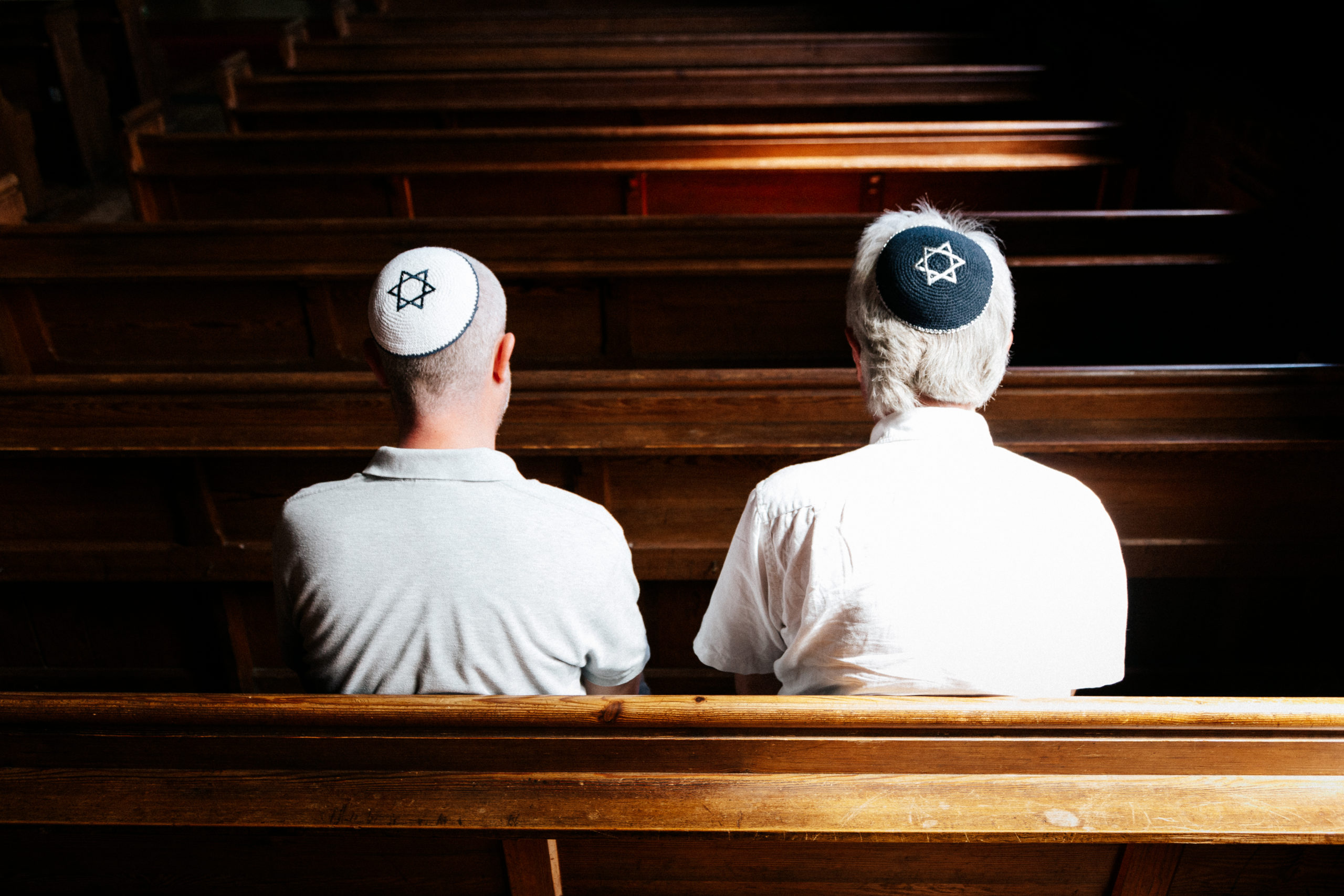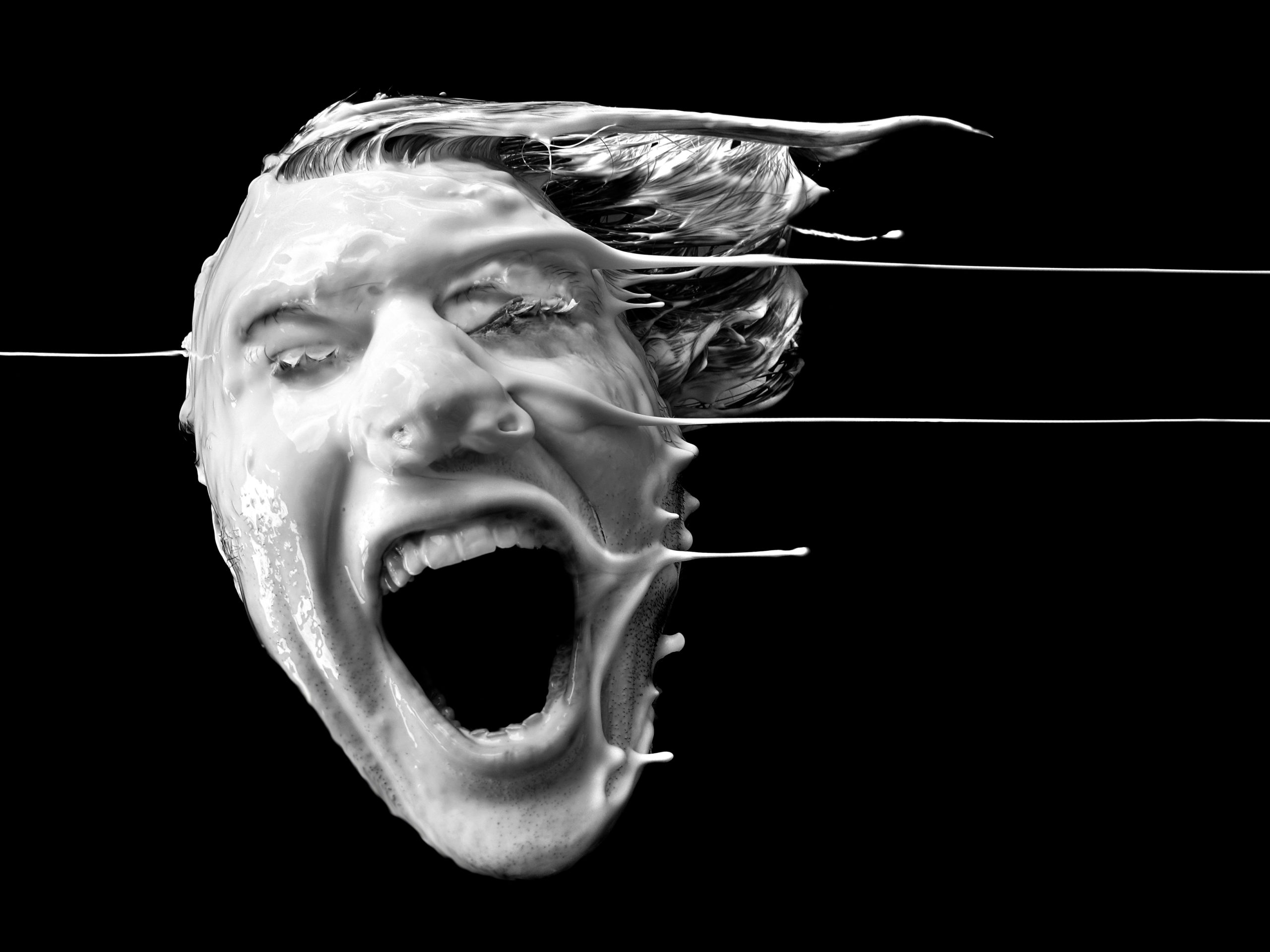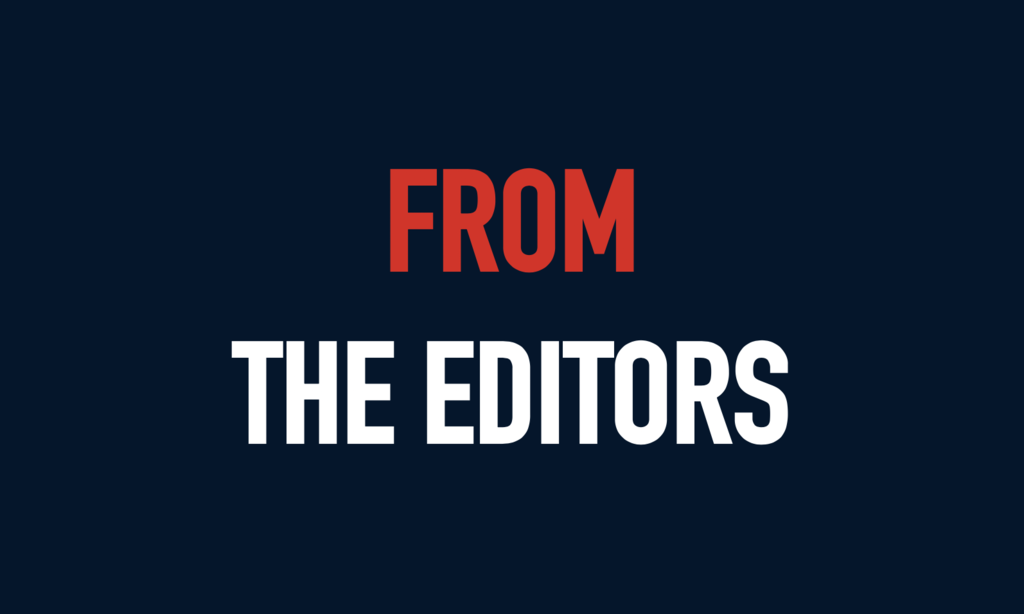The managerial class wants to replace America’s core demographic with one it can more easily control.
The Unbearable Whiteness of Jews

As “whiteness” becomes code for “evil,” many Jews are understandably—but misguidedly—fleeing the label.
For the last half-century or more, Democrats have jealously guarded and taken advantage of their Great Society political coalition, trading in the white working class that was once its primary base of support in favor of those who felt—or could be made to feel—as if they are marginalized racially. Even before the advent of the social media-fueled woke world, Democrats saw advantage in heightening racial strife and grievance. But, over the last decade and a half, the Left’s toxic racial politics swallowed American life whole.
With America’s most important cultural power centers now fully digested by woke racialism, the act of making otherwise normal observations about life and reality itself is greeted with hysteria and demands of stake-burning. The ever-present catch-all villains from the last century, Nazis and Fascists, are conjured ubiquitously. Their invocation has at this point no real connection to historical reality—as Orwell already observed in 1946, words like “Fascist” quickly become mere stand-ins for “bad” and “evil,” or, in our day, “racist,” and “hateful.” Because everyone occasionally needs a rhetorical change of scenery, the Left has recently sprinkled in a few other calorie-free buzzwords, such “anti-democratic” and “authoritarian.”
The Left’s assumption that racial and demographic change brings with it massive political and cultural shifts is obviously true—and, though it’s less clear that more non-white voters automatically means an “emerging Democratic majority,” the hope that such a majority will emerge is the only reason the Left is excited by changing demographics. We understand that the political Left finds this outcome desirable, because we’ve been able to read and listen to them crowing about it for a quarter-century. For the far Left and mainstream Democrats both, “The Browning of America” is real, it’s happening, and it’s spectacular.
But what if you liked America the way it had been? What happens if our new countrymen aren’t particularly interested in the delicate arrangement of ordered liberty crafted by the country’s founders? Indeed, what happens when all mainstream and powerful cultural forces–media, education, politics, and business–designate the Founders’ work as evil, oppressive “white supremacy,” undermining any attempt to integrate into a common citizenry? In that case, damn your eyes, racist.
What is Whiteness?
The Left’s near-complete domination of the country’s cultural life has had disfiguring consequences, transforming America into a battleground of zero-sum identity politics—with “whiteness” as its hate object.
Under the influence of the Black Power and racial consciousness period of the very late 1960s, “Blackness” became a repository of positive, strong and militant characteristics of America’s black community, with an understanding that the ways of Africa are more authentic than those created in the diaspora. In this Manichean logic, if “blackness” is a positive identity, “whiteness” becomes a villainous one (see for example this notorious Smithsonian infographic which essentially defines “whiteness” as “everything bad or inconvenient for the Left”). The term is a relatively recent concoction, created by the racialist and activist Left as a vessel for the white majority’s negative traits and a catch-all for their repentance and debasement. That is to say, both “whiteness” and “blackness” are political—or at least cultural—concepts, only tangentially related to biological race. For evidence of this, try to disentangle the definitions of “whiteness” and “white supremacy,” two terms used today as interchangeable synonyms.
This has been a tricky situation for American Jews in particular to navigate. As everyone from the Biden Administration to children’s book publishers steel themselves to root out “white supremacy,” Jews find themselves asking, often for the first time, “are we white?”
Until relatively recently, this is something that I’d never really considered in my life as a Jew in this country. Of course we’re white. Hungarian, a European language, was spoken in my home; the Old Country where my parents and grandparents were born will always be European. I’d always checked “white” or “Caucasian” on forms because it seemed self-evidently accurate. Regardless of my religious or particular ethnic background, the category seemed large enough to contain me. It was safe to assume that most American Jews, at least, felt similarly.
That was before identity politics, though. Now—and for a variety of reasons—some Jews are very quick to reject the “white” label or category. The most defensible reason, I think, is an embrace of our particular history. “Our ancestral home is in Judea,” they argue. When considering the wide Jewish diaspora, with millions fanning out over thousands of years from the approximate site of modern-day Israel, this makes a certain amount of sense. Jews, then, are Middle Easterners, no matter how many generations they spend in Europe, America, or anywhere. Still, the answer is unsatisfying because, until very recently, most Middle Easterners—especially Jews and Christians—were considered white, or had no problem self-identifying as such.
Some others argue that Jews aren’t white because we are perennial outsiders in a country that was founded by whites. Stubbornly refusing to abandon the faith of our fathers has been the defining characteristic of the Jewish diaspora. This might make Jews non-Christians, but is Christianity a requisite for “whiteness”? Certainly, the history of Jews in the United States, from pre-Revolutionary days until the 20th Century, does not point in that direction. The amount or source of hatred directed toward us doesn’t—or shouldn’t—define who we are, or what we are.
This leaves us fairly close to where we were at the outset, and points toward a recent shift in attitudes, almost exclusively with American Jews on the political Left. This group–including even those of more recent European heritage—refuse to be called white because they see, correctly, that these categories are nothing but political constructions. And, by defining themselves as “not white,” they believe they can avoid the blast radius. In a world created by a racialist Left that has defined “whiteness” as the worst kind of oppressive toxicity, why would anyone willingly self-apply such a label, turning oneself into a punching bag for Robin DiAngelo and Ibram Kendi–much less the New York Times and the throngs of unhinged anti-white racists on TikTok?
Jews who flee the “whiteness” designation understand the logic of the intersectional Left, and how it disempowers them: if Jews are white, according to this scheme, there is no Jewish victim narrative possible. And in the current political climate, where victimhood is prized above all other things, this seems like a calamity. It’s especially hard on the disempowered, liberal, post-Holocaust Jewish narrative, which institutionalized this victim-oriented conception of Jewish identity. If Jews are white in an intersectional world, the very real oppression of millennia disappears in light of the eternal power struggle between the forces of “white supremacy” and “People of Color,” whatever that means.
By removing themselves from the world of “whiteness,” some Jews believe they can bypass the criticism for their achievement and avoid becoming an object of the Left’s racial hatred. And, if Jews are not white, they believe—wrongly, as it turns out—that the Left will ratify Jewish victimhood, both real and perceived, and fight together as allies against the scourge of antisemitism.
An Unholy Bargain
If Jews are “white” as defined by woke racialists, then we very white, indeed. It doesn’t take much to realize that Jews are overrepresented nearly everywhere at American society’s top rungs: in media, finance, education, the arts, science, medicine, and politics. It is a curious and unseemly fact of Jewish life that we are encouraged to take pride in our accomplishments while ruthlessly attacking those outside our community who notice them.
At the most cynical end is the Anti-Defamation League, the hollowed-out husk of an old organization that, through far-Left donor dollars, reoriented itself as a bitterly partisan threat to every Americans’ liberty. In its new incarnation, the ADL is used as a credible, so-called expert opinion in identifying those who “hate”; in reality, it uses the goodwill it’s built over decades in order to apply a tag to the Left’s ideological enemies, which then can be used by media and governments in order to deplatform, bankrupt, and ostracize opponents. This function is necessary for the Left, and the ADL was re-tooled for the job so that it could replace the Southern Poverty Law Center, which self-destructed amid scandals with offshore finances, sexual harassment, and the legal ramifications that came with near-comical attempts at character assassination.
As the ADL has moved sharply toward the intersectional Left—even altering its definition of racism to coincide with the term’s politicized, intersectional re-definition (which distinguishes antisemitism from racism)—it has taken the lead in attacks on whites and what it calls “white supremacy.” Tellingly, however, the ADL then backpedaled on its new definition when The View co-host Whoopi Goldberg attempted to exclude the Holocaust from racial crimes. “There’s no question that the Holocaust was about race,” said ADL CEO Jonathan Greenblatt—attempting, it would seem, to carve out a place for Jews in the woke regime of “whites-versus-everyone.”
It’s difficult to see this as anything but a terribly cynical bargain with the racialists of the far Left. “Let us be the tip of the spear against whites in America,” they might offer, “and you will ratify our insistence that we are not white.” It would be loathsome enough if this deal would hold, but it rarely does–as the attacks from intersectional black activists should very quickly remind us. Of course, nothing about this political psychodrama—and the intentional convulsions we see as a result—works out well for America or for its Jews.
What, then, is a Jew to do? First, it’s crucial to realize that none of this is real. The interminable conversation about “whiteness” which has exploded into the mainstream from the far-Left’s Critical Theory workshops has little use other than as a political weapon. It is an order of battle, an attempt to marshal forces and draw lines—but it does not describe reality.
Since this is a political question—rather than a racial or historical one—the way forward lies in the direction of political solidarity. Any restructuring or re-evaluation of individual or group identity in light of the intersectional Left’s political universe must be avoided. That means refusing to abandon fellow Americans with whom we share history because we want to avoid the avalanche of venom and dehumanization that comes with “whiteness” in media and culture.
Jews, especially, have their own parochial interests in opposing the new, racialized, intersectional world. But we also have interests as Americans—and defeating and disempowering these forces means that we mustn’t cower and allow white America to be villainized. In standing up to the Left, we should not flinch about saying, of course we’re white.
The American Mind presents a range of perspectives. Views are writers’ own and do not necessarily represent those of The Claremont Institute.
The American Mind is a publication of the Claremont Institute, a non-profit 501(c)(3) organization, dedicated to restoring the principles of the American Founding to their rightful, preeminent authority in our national life. Interested in supporting our work? Gifts to the Claremont Institute are tax-deductible.
America can incorporate newcomers, but only if they become Americans.
First the Jews became whites; then the whites became Jews.
America’s managerial elites are seeking demographic transformation by any means necessary.




